10 Causes of Leg Cramps
Leg cramps are a common and often painful condition that can affect people of all ages. They are characterized by sudden, involuntary muscle contractions, usually in the calf muscles. In this article, we will explore 10 possible causes of leg cramps and provide suggestions for prevention and management.
Dehydration
Dehydration occurs when the body loses more fluids than it takes in, leading to an imbalance in electrolytes, which are essential for muscle function[[3]]. Dehydration can cause leg cramps, especially during exercise or hot weather. To prevent dehydration, drink plenty of water and consume electrolyte-rich foods and beverages.
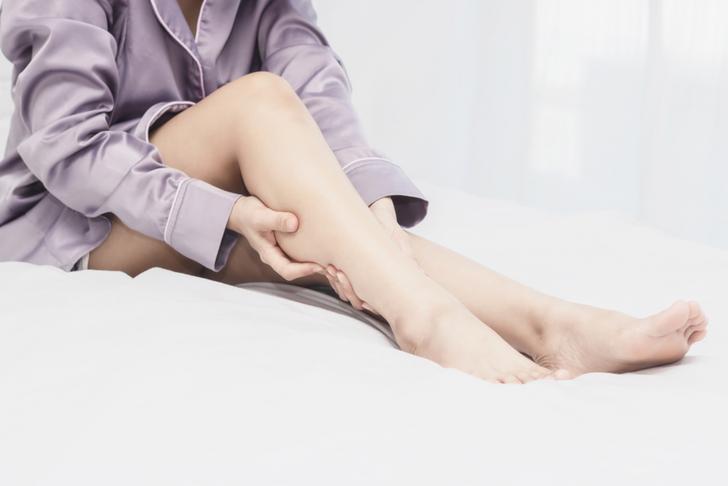
Advertisement
Peripheral Artery Disease
Peripheral artery disease (PAD) is a condition in which the blood vessels in the legs become narrowed or blocked, reducing blood flow to the muscles[[4]]. This can cause leg cramps, particularly during exercise. Treatment for PAD may include lifestyle changes, medications, or surgical procedures to improve blood flow.
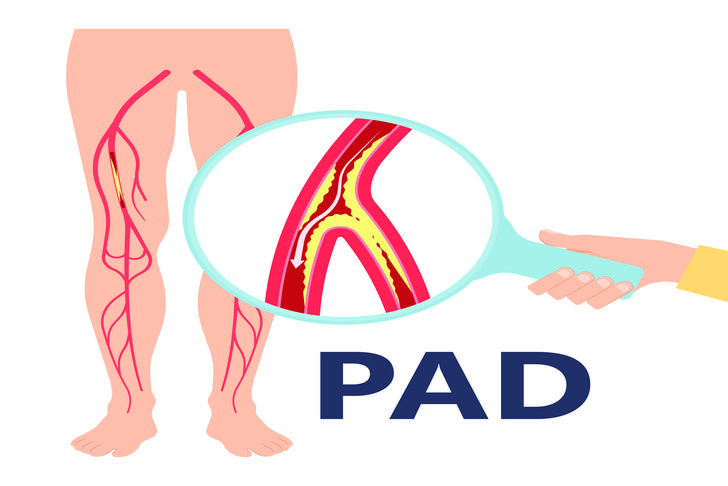
Advertisement
Restless Legs Syndrome
Restless legs syndrome (RLS) is a neurological disorder characterized by an uncontrollable urge to move the legs, often accompanied by uncomfortable sensations[[5]]. RLS can cause leg cramps, particularly at night. Treatment options for RLS may include medications, lifestyle changes, and addressing underlying health issues.

Advertisement
Diabetes
Diabetes is a chronic condition that affects the body’s ability to regulate blood sugar levels[[6]]. High blood sugar can damage nerves and blood vessels, leading to poor circulation and nerve dysfunction, which can cause leg cramps. Managing diabetes through medication, diet, and exercise can help prevent leg cramps and other complications.
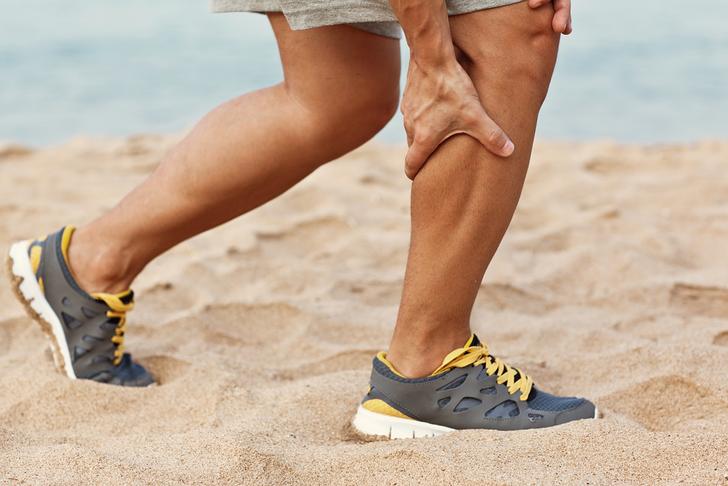
Advertisement
Pregnancy
Leg cramps are common during pregnancy, particularly in the second and third trimesters[[7]]. The exact cause is unclear, but factors such as weight gain, fluid retention, and changes in circulation may contribute. To prevent leg cramps during pregnancy, stay active, stretch regularly, and maintain a healthy diet.
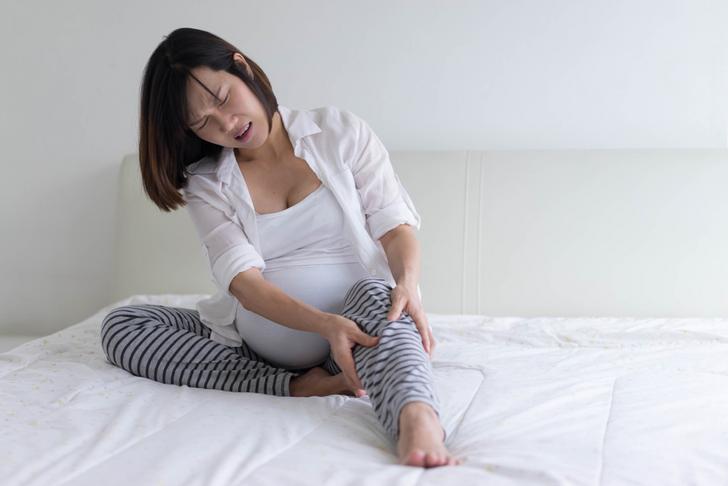
Advertisement
Electrolyte Imbalance
Electrolytes, such as sodium, potassium, and magnesium, are essential for proper muscle function[[8]]. An imbalance in these minerals can cause leg cramps. To maintain a healthy electrolyte balance, consume a balanced diet rich in fruits, vegetables, and whole grains, and stay hydrated.

Advertisement
Medications
Certain medications, such as diuretics, statins, and asthma medications, can cause leg cramps as a side effect[[9]]. If you suspect your medication is causing leg cramps, consult your healthcare provider to discuss alternative treatment options.
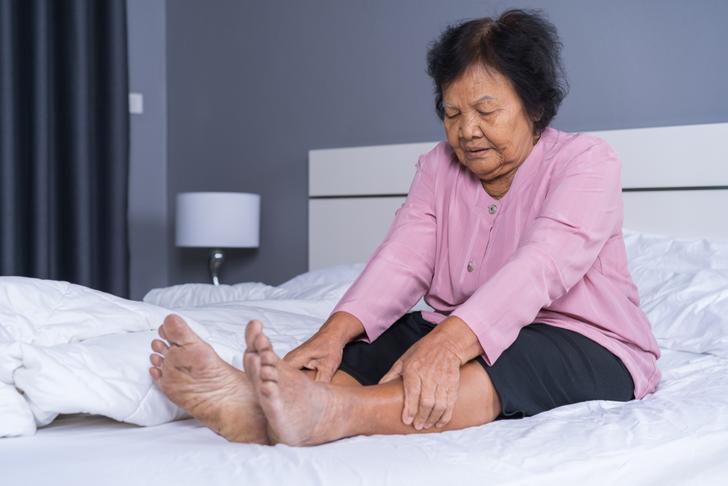
Advertisement
Overexertion
Overworking the muscles, particularly during exercise, can cause leg cramps[[1]]. To prevent overexertion, warm up before exercising, stretch regularly, and gradually increase the intensity and duration of your workouts.

Advertisement
Nerve Compression
Nerve compression syndromes, such as sciatica or lumbar spinal stenosis, can cause leg cramps by compressing the nerves that control muscle function[[10]]. Treatment for nerve compression may include physical therapy, medications, or surgical procedures to relieve pressure on the nerves.
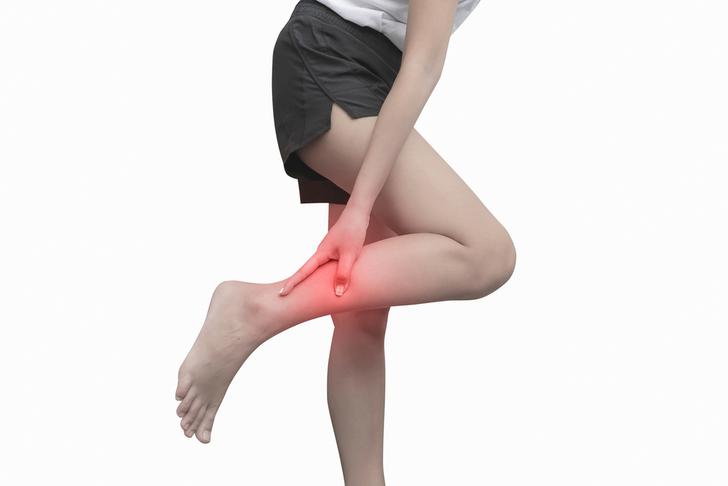
Advertisement
Muscle Fatigue
Muscle fatigue can result from prolonged standing, sitting, or lying in one position, leading to leg cramps[[2]]. To prevent muscle fatigue, change positions frequently, stretch regularly, and maintain good posture.

Advertisement
Symptoms
Symptoms of leg cramps include:
Sudden, intense pain: The main symptom of a leg cramp is a sharp, sudden pain in the leg, often in the middle of the night or at rest. Hardened muscle: During a cramp, the affected muscle may harden or tense up and be palpable or visible under the skin. Duration: Leg cramps usually last a few seconds to a few minutes. After the cramp subsides, the muscle might feel tender or sore for some time.
Advertisement
Treatments
Several treatments and preventive measures can help manage leg cramps:
Stretching and massage: If a cramp occurs, stretching and massaging the affected muscle can often relieve the pain. Gentle exercise may help relieve cramps in your legs.
Hydration: Dehydration can contribute to muscle cramps, so drink enough fluids.
Magnesium and potassium supplementation: If your healthcare provider suspects an electrolyte imbalance could be causing your cramps, they might recommend dietary changes or supplements.
Medication: If leg cramps are frequent and severe, your healthcare provider may recommend medication to help manage them.
Maintain a balanced diet: Eating a balanced diet can help you get the necessary vitamins and minerals your body needs to function correctly.
Physical therapy: In some cases, physical therapy that strengthens the muscles and improves flexibility can help prevent cramps.
In summary, leg cramps are a common yet often uncomfortable experience, typically characterized by sudden, intense pain and muscle hardening. While these episodes are frequently short-lived, the discomfort and subsequent muscle tenderness can be disruptive. The potential triggers of leg cramps are vast, ranging from dehydration and electrolyte imbalances to more serious issues like nerve compression.
Knowledge of these triggers is the first step in managing leg cramps effectively. Simple measures such as maintaining hydration, ensuring a balanced diet, and incorporating appropriate exercise can alleviate and prevent cramps. For some, supplementation or prescribed medication might be necessary.
It is important to remember that if leg cramps become a recurrent issue or cause substantial discomfort, consultation with a healthcare provider is advised. They can identify if an underlying health issue is causing the cramps and guide you toward an appropriate treatment strategy.
Advertisement
Conclusion
In conclusion, while leg cramps can be a source of discomfort, several available interventions are available to manage and mitigate their occurrence. Engaging with healthcare providers and understanding individual triggers can significantly contribute to effectively managing this condition, leading to improved comfort and quality of life.
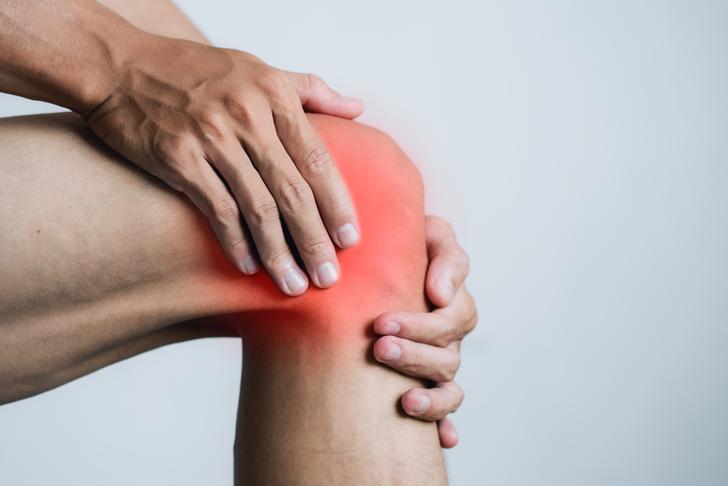
Advertisement





